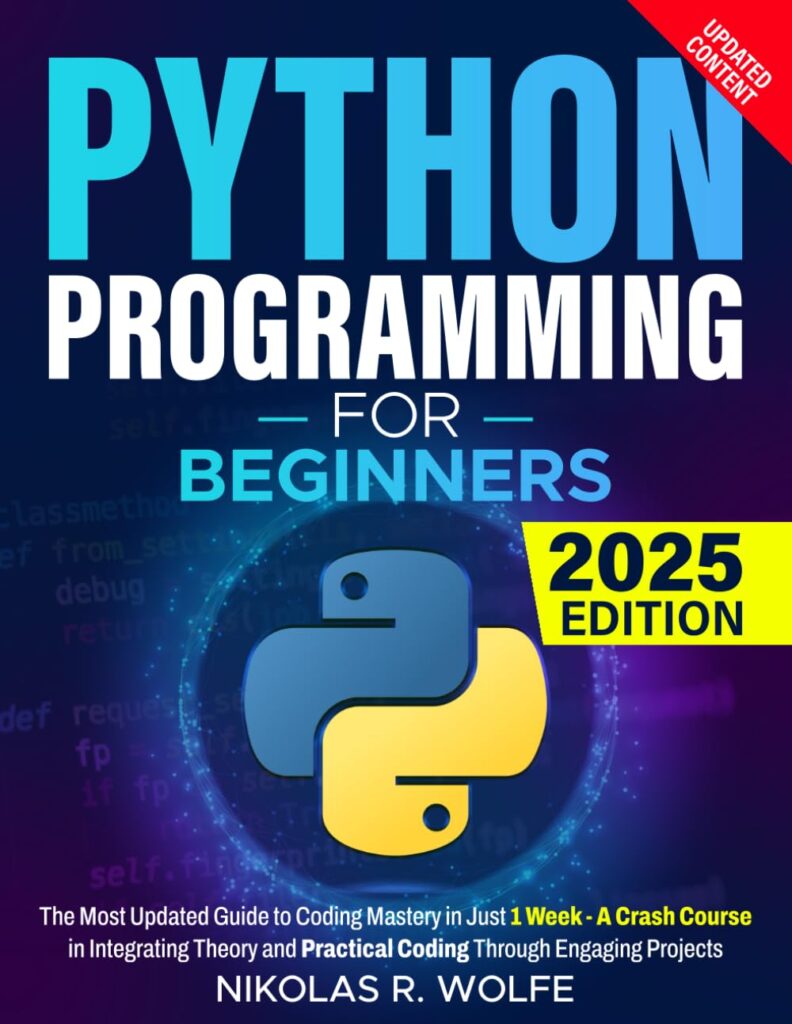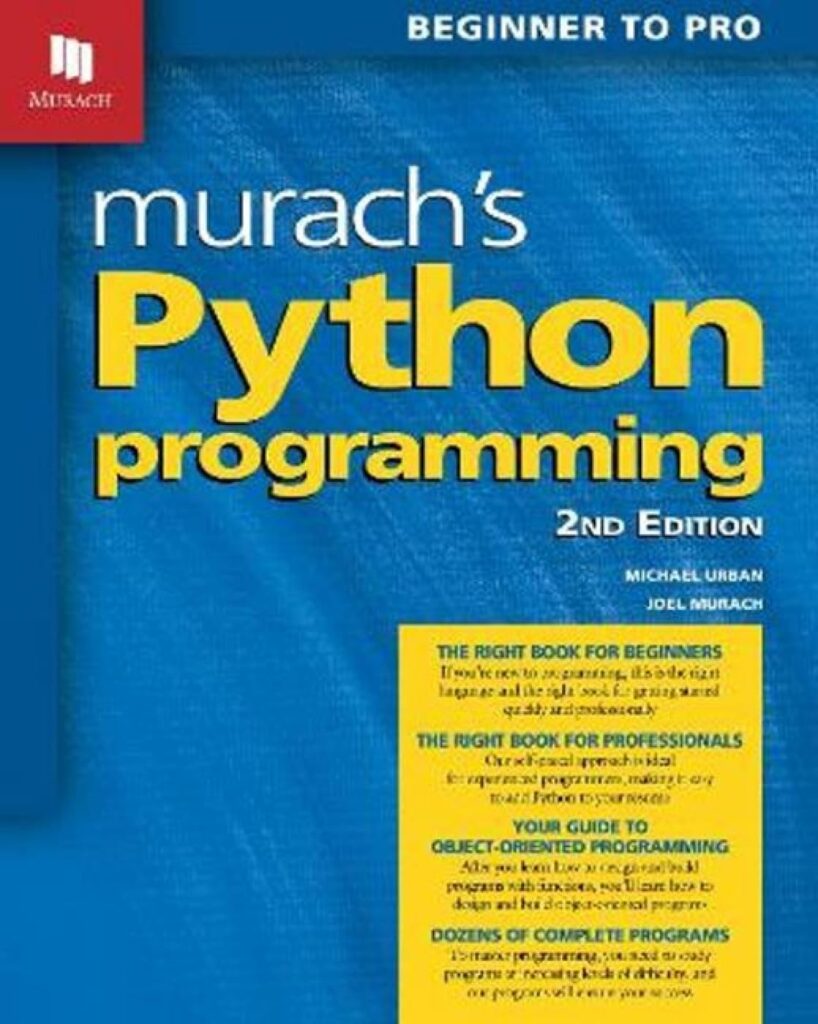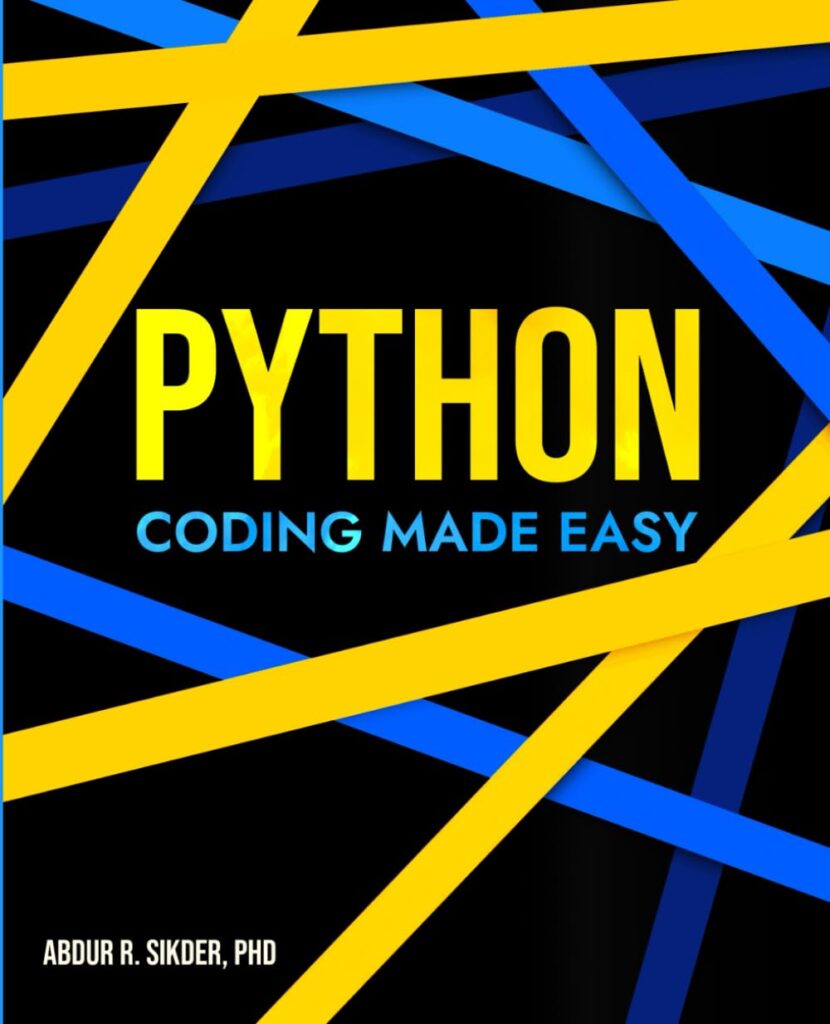
The core mechanism of json.detect_encoding is fundamentally a simple prefix matching routine against a set of hardcoded Byte Order Mark (BOM) signatures. A BOM is not metadata in a separate channel; it is a sequence of bytes at the absolute start of a data stream that signals the Unicode encoding and endianness. The function does not engage in statistical analysis or content inspection. It reads, at most, the first four bytes of the input bytestring and compares them against known values.
The implementation is specifically tailored to identify the following encodings via their BOMs:
UTF-32-BE(Big Endian): Starts with the bytesb'x00x00xfexff'.UTF-32-LE(Little Endian): Starts with the bytesb'xffxfex00x00'.UTF-16-BE(Big Endian): Starts with the bytesb'xfexff'.UTF-16-LE(Little Endian): Starts with the bytesb'xffxfe'.UTF-8: Starts with the bytesb'xefxbbxbf'.
There is a potential ambiguity between the UTF-16-LE BOM (b'xffxfe') and the UTF-32-LE BOM (b'xffxfex00x00'), as one is a prefix of the other. The internal logic resolves this by checking for the longer 4-byte signatures first. The check for UTF-32-LE precedes the check for UTF-16-LE. This ensures that a bytestring beginning with b'xffxfex00x00' is correctly identified as utf-32-le and not prematurely misidentified as utf-16-le. The operational sequence is critical for correctness.
Consider a practical demonstration. We can synthesize a bytestring that includes a BOM and pass it to the function. For this case, we’ll use the UTF-16 Big Endian BOM followed by a simple JSON object.
import json
# A simple Python dictionary
data = {"status": "ok", "value": 123}
# Encode the JSON string using utf-16-be.
# The standard library's .encode() method automatically prepends the correct BOM.
# The BOM for UTF-16-BE is b'xfexff'
encoded_data_with_bom = json.dumps(data).encode('utf-16-be')
# Verify the BOM is present at the start of the bytestring
print(f"Byte string starts with: {encoded_data_with_bom[:2]}")
# Use the detector
detected_encoding = json.detect_encoding(encoded_data_with_bom)
print(f"Detected encoding: {detected_encoding}")
# We can now decode with confidence
decoded_string = encoded_data_with_bom.decode(detected_encoding)
print(f"Successfully decoded: {decoded_string}")
The output confirms the detection logic. The function sees the b'xfexff' prefix and immediately returns 'utf-16-be'. The operation is computationally trivial, executing in constant time O(1) because it only ever needs to inspect a small, fixed-size header of the input data. If no BOM is found among the predefined signatures, the function’s behavior changes, and it falls back to a default. This fallback is where the utility of the function becomes more nuanced. It is not guessing; it is performing a direct lookup against a specification. The primary value is in standardizing this lookup. When a BOM is present, the result is definitive. When it is absent, the function assumes a default encoding, typically UTF-8, without any further analysis of the byte stream’s content. This makes the function’s behavior predictable but also rigidly limited.
A Pragmatic Application
The real utility emerges when building systems that must ingest data from heterogeneous sources. Consider a data pipeline that receives JSON payloads over a network socket or reads them from files dropped into a directory. The producing system might be a .NET application that defaults to UTF-16-LE with a BOM, a Java system outputting standard UTF-8, or something else entirely. A robust ingestion function must handle these variants without manual configuration.
We can construct a generic JSON parsing function that leverages detect_encoding to handle this variability. This function will encapsulate the entire process: detect, decode, and parse.
import json
def parse_unknown_json(byte_data: bytes):
"""
Detects encoding, decodes, and parses a JSON bytestring.
"""
# Step 1: Detect the encoding based on a potential BOM.
# Fallback is 'utf-8'.
encoding = json.detect_encoding(byte_data)
print(f"Detected or fell back to: {encoding}")
# Step 2: Decode the bytestring into a Python string.
# The BOM, if present, is consumed by the decode operation.
# For example, b'xffxfe{...}'.decode('utf-16-le') correctly handles the BOM.
try:
decoded_str = byte_data.decode(encoding)
except UnicodeDecodeError as e:
print(f"Decoding failed with {encoding}: {e}")
return None
# Step 3: Parse the string into a Python object.
try:
return json.loads(decoded_str)
except json.JSONDecodeError as e:
print(f"JSON parsing failed: {e}")
return None
# --- Test Case 1: UTF-8 without a BOM (the common case) ---
json_str_no_bom = '{"source": "web_api", "payload": [1, 2, 3]}'
utf8_bytes_no_bom = json_str_no_bom.encode('utf-8')
print("--- Processing UTF-8 without BOM ---")
parsed_data_1 = parse_unknown_json(utf8_bytes_no_bom)
print(f"Result: {parsed_data_1}")
print("n")
# --- Test Case 2: UTF-16 Little Endian with a BOM ---
json_str_bom = '{"source": "dotnet_client", "payload": [4, 5, 6]}'
utf16le_bytes_with_bom = json_str_bom.encode('utf-16-le') # .encode() adds the BOM
print("--- Processing UTF-16-LE with BOM ---")
print(f"BOM check: {utf16le_bytes_with_bom.startswith(b'xffxfe')}")
parsed_data_2 = parse_unknown_json(utf16le_bytes_with_bom)
print(f"Result: {parsed_data_2}")
In the first test case, the input is plain UTF-8 bytes. json.detect_encoding inspects the first few bytes (b'{"sou'), finds no matching BOM signature, and returns its default value, 'utf-8'. The subsequent decode and parse operations succeed because the fallback assumption was correct. This workflow represents the most common scenario on the modern web.
In the second case, the bytestring begins with the b'xffxfe' BOM for UTF-16-LE. The function correctly identifies 'utf-16-le'. The .decode('utf-16-le') call correctly interprets and consumes this BOM as part of the decoding process, resulting in a clean JSON string that is then successfully parsed. The system works as intended, transparently handling the encoding difference.
This demonstrates the function’s core design principle: it provides a standardized, reliable mechanism for BOM-based detection while offering a reasonable, convention-based default for all other cases. The logic is not to guess the encoding from the content but to check for a specific, standards-compliant signal. The fallback to UTF-8 is an admission that in the absence of an explicit signal, the most probable encoding is assumed. This is a pragmatic trade-off. The alternative would be to raise an error, forcing the caller to specify an encoding, or to engage in far more complex and failure-prone statistical analysis. The standard library’s choice here favors a simple, predictable behavior that aligns with the prevalence of UTF-8. The burden of correctness is shifted; if the data is not one of the BOM-specified encodings and is not UTF-8, the system will fail. For instance, if the data were encoded in Latin-1 or UTF-8 with an invalid byte sequence, the detection would still fall back to ‘utf-8’, but the subsequent .decode() operation would raise a UnicodeDecodeError. This failure occurs at the decoding stage, not the detection stage. The detector’s contract is only to check for BOMs. It does not validate the rest of the stream. This separation of concerns is critical. The detector does one small thing and does it correctly. The responsibility for handling the full range of possible encodings and errors remains with the application programmer, who must design the error handling logic around the decode call. The detector simply provides a high-confidence first guess when a BOM is present.
Known Failure Conditions
The primary failure condition is straightforward: the function is useless for detecting any encoding that does not use a BOM, unless that encoding happens to be UTF-8. Its entire mechanism is predicated on finding one of five specific byte sequences at the head of the data. If a system produces JSON encoded as, for example, UTF-16 without a BOM, json.detect_encoding will fail. It will inspect the initial bytes, find no match, and incorrectly return its fallback value of 'utf-8'. The subsequent attempt to decode the data will then raise a UnicodeDecodeError.
This scenario is not theoretical. While the Python .encode() method for UTF-16/32 variants adds a BOM by default, other systems or manual byte manipulation might produce BOM-less streams. Consider a bytestring known to be UTF-16 Big Endian, but without its b'xfexff' prefix.
import json
# A valid JSON string
json_data_string = '{"message": "payload"}'
# Encode to UTF-16-BE. The standard encoder prepends the BOM.
utf16_with_bom = json_data_string.encode('utf-16-be')
print(f"With BOM (first 4 bytes): {utf16_with_bom[:4]}")
# Manually create a BOM-less version by stripping the first two bytes.
utf16_no_bom = utf16_with_bom[2:]
print(f"Without BOM (first 4 bytes): {utf16_no_bom[:4]}")
# Run the detector on the BOM-less data
detected_encoding = json.detect_encoding(utf16_no_bom)
print(f"Detected encoding: {detected_encoding}")
# The next step will fail because the detection was wrong.
try:
data = json.loads(utf16_no_bom.decode(detected_encoding))
except UnicodeDecodeError as e:
print(f"Failure: {e}")
print("The byte sequence is valid UTF-16-BE, but was decoded as UTF-8.")
The output demonstrates the failure cascade. The detector sees the bytes b'x00{x00"', which do not match any known BOM. It returns 'utf-8'. The call to .decode('utf-8') then fails because that byte sequence is invalid under the UTF-8 scheme. The error occurs at the decoding stage, but the root cause is the incorrect assumption made based on the detector’s fallback behavior. The function did not detect an encoding; it failed to find a BOM and defaulted to a guess.
A second, more subtle failure mode exists: coincidental prefix matching. If a bytestring from an arbitrary source happens to begin with bytes that mimic a BOM, the function will return a confident but incorrect result. For instance, if a binary file or a text file in a legacy codepage like CP437 happens to start with the bytes b'xffxfe', the function will report 'utf-16-le'. Again, the subsequent decode operation would fail, but the diagnostic trail begins with a misidentification by the detector. This highlights that the function operates with no context beyond the first four bytes and assumes any matching prefix is a deliberate BOM.
Finally, the function is explicitly limited to the Unicode encodings for which it has defined BOMs. It has no capacity to identify ISO-8859-1 (Latin-1), Windows-1252, or any other common legacy encoding. In all such cases, it will fall back to 'utf-8', virtually guaranteeing a UnicodeDecodeError if the data contains any non-ASCII characters. The function is not a general-purpose encoding detection tool; it is a specialized BOM-sniffer.
Moving Beyond Heuristic Detection
The limitations of a BOM-only approach necessitate a more robust strategy for systems that must accept data from unconstrained sources. When a BOM is absent and the data is not UTF-8, the deterministic logic of json.detect_encoding is insufficient. The next level of analysis moves from simple prefix matching to heuristic, content-based detection. This is a fundamentally different class of algorithm. Instead of checking for a standards-defined marker, a heuristic detector analyzes the statistical properties of the byte stream itself to infer the most probable encoding.
Libraries such as charset-normalizer (the modern successor to chardet) are built for this purpose. Their operation is far more complex. The core idea is to iterate through a list of candidate encodings. For each candidate, the library attempts to decode the byte stream and then scores the result based on linguistic and structural patterns. A high score might be awarded if the decoded text contains character combinations common to a specific language (e.g., ‘th’ in English) or avoids sequences of bytes that are nonsensical in that encoding. The encoding that yields the “most orderly” or “least chaotic” output is declared the winner. This process involves measuring messiness, or “chaos,” based on factors like the number of undecodable characters or the presence of unexpected character category transitions.
The trade-off is stark: performance for flexibility. BOM sniffing is a constant-time operation. Heuristic detection is an O(n) operation, where n is the size of the input data, and it carries a significant constant factor due to the multiple trial decodes and scoring computations. It is a brute-force-and-score method, not an elegant lookup. For a multi-megabyte JSON file, the difference is substantial.
Let’s revisit the case of BOM-less UTF-16 data, where json.detect_encoding failed, and see how a heuristic tool performs.
import json
from charset_normalizer import from_bytes
# The same BOM-less UTF-16-BE data from the previous example
json_data_string = '{"message": "payload"}'
utf16_be_no_bom = json_data_string.encode('utf-16-be')[2:]
# --- Attempt with json.detect_encoding (will fail) ---
fallback_encoding = json.detect_encoding(utf16_be_no_bom)
print(f"json.detect_encoding fallback: {fallback_encoding}")
try:
utf16_be_no_bom.decode(fallback_encoding)
except UnicodeDecodeError as e:
print(f"Decoding with fallback failed as expected: {e}n")
# --- Attempt with charset-normalizer ---
# from_bytes returns a "Matches" object containing possible results.
# We are interested in the best guess.
results = from_bytes(utf16_be_no_bom)
best_guess = results.best()
if best_guess:
detected_encoding = best_guess.encoding
print(f"charset-normalizer detected: {detected_encoding}")
# Now decode and parse using the correct encoding
try:
decoded_str = utf16_be_no_bom.decode(detected_encoding)
data = json.loads(decoded_str)
print(f"Successfully parsed data: {data}")
except Exception as e:
print(f"Post-detection processing failed: {e}")
else:
print("charset-normalizer could not determine the encoding.")
The heuristic library correctly identifies the encoding as utf_16_be by analyzing the byte patterns (e.g., the repeating b'x00' null bytes characteristic of ASCII characters in UTF-16). It succeeds where the BOM sniffer fails because it examines the content, not just a header. However, this power comes with the caveat that the result is a “best guess.” While often accurate for text, it can be fooled by binary data or short, ambiguous strings. A robust data ingestion pipeline should not blindly trust the result but should be prepared for the heuristic guess to be wrong.
A pragmatic, tiered strategy is often the optimal engineering solution. First, attempt to use the fast, deterministic json.detect_encoding. If the subsequent decode operation succeeds, the problem is solved with minimal overhead. If it fails with a UnicodeDecodeError, only then do you escalate to the more computationally expensive heuristic analysis with a library like charset-normalizer. This optimizes for the common, well-behaved cases (UTF-8 or BOM-marked files) while providing a fallback path for handling legacy or non-standard data streams. It contains the performance cost to only those inputs that actually require advanced analysis. This avoids penalizing the entire system for the complexity of a few edge cases.






